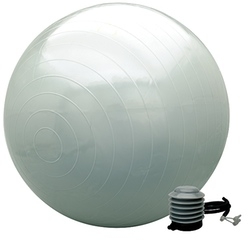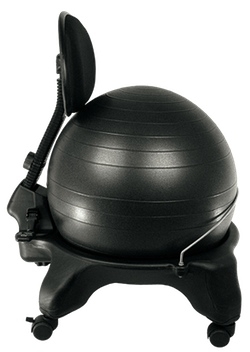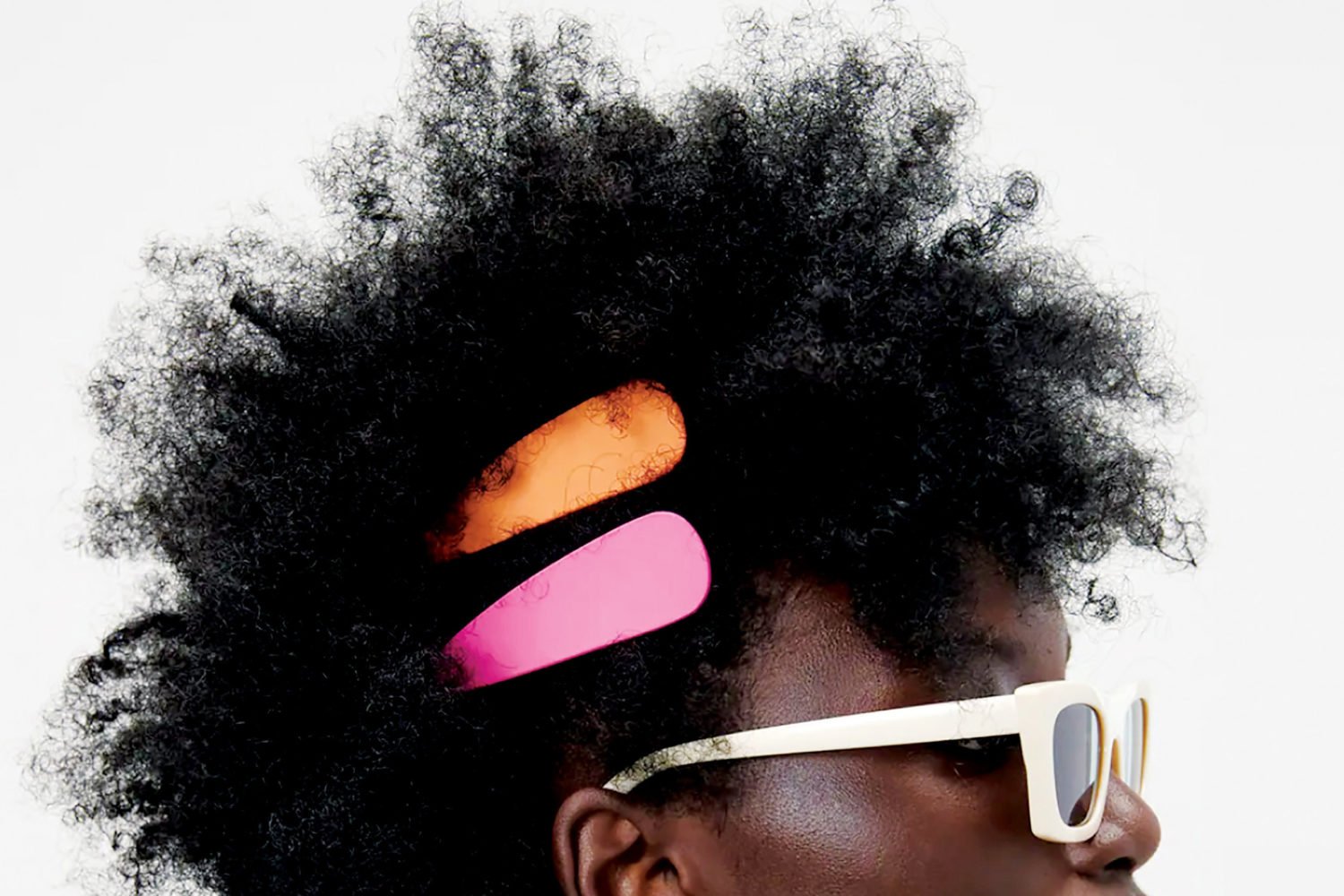
When a runner in her twenties came to physical therapist and ergonomics specialist Robert Gillanders complaining of leg pains, Gillanders asked how many hours a week she worked.
“About 80,” the first-year attorney said. That’s when Gillanders came to suspect that the problem might not be her workouts.
“Even if you’re doing everything else perfectly, your body is going to feel a lot of stress and strain from sitting that much at work,” says Gillanders, who consults with Sports & Spinal Physical Therapy in DC. He often sees athletes who think their injuries are from training too hard before or after work, when the problem really is that they’re not moving around enough during the day. Washington may rank as one of the nation’s fittest cities, but long hours at a desk can hurt.
When we sit, our legs are usually positioned at a 90-degree angle, putting stress on our hip flexors and hamstrings. The longer we sit, the more our leg muscles shorten and tighten, losing flexibility. And that can increase the chance of pulled muscles or other injuries during a workout, Gillanders says.
Backaches, neck pain, circulatory problems, and increased risk of heart disease and diabetes are some of the other hazards of sitting all day. A study by the American Cancer Society found that people who sat more than six hours a day shaved years off their lives. Men who sat that long were 18 percent more likely to die during the 13 years studied than people who sat less than three hours a day; women were 37 percent more likely.
It’s no wonder that treadmill desks–at which you can work while walking slowly–and standing desks have gained popularity. Brook Heaps, head of sales and marketing for Atlanta-based Cessi Ergonomics Consulting, says that in the last two years he’s seen tremendous growth in electric “sit to stand” desks, which on average can move from as low as 24 inches to as high as 48½ with the push of a button.
“The body’s not designed to sit all day,” says Heaps, who uses a standing desk from 9 am to 2 pm. “We’re not meant to be planted in one place.” However, standing and walking desks can take up more space than conventional desks and can cost as much as $8,000.
If you must sit all day, ergonomics experts recommend a chair that has wheels and can rotate–so you don’t have to twist when reaching for a document in the printer, an action that can injure tissues in the lumbar spine–as well as adjustable lumbar support, armrests, and a seat that can move up, down, forward, and back.
Gillander recommends making adjustments to your chair when necessary. “For example, women should take note of what shoes they’re wearing–if you wore flats yesterday and are wearing two-inch heels today, adjust the chair.”
It’s also a good idea to change your position every once in a while, either by perching on the end of your seat or by standing while reading a document. Even slightly changing the angle of your chair’s back will prevent you from stressing the same muscles all day. “Movement is key,” Heaps adds, so take a break from your desk every hour, even if it’s just to get a drink of water.
Companies always seem to be trying to reinvent the office chair, and more unconventional options have been cropping up. We wondered whether, say, a fitness ball or a kneeling chair could reduce backaches and improve posture, so our editors put five chairs to the test. We also asked ergonomics specialists to weigh in.
Next: Results from the office chair test

SADDLE SEAT
by Humanscale, $510
“I can see using this for an hour or two a day to practice good posture, but it’s just too unforgiving,” one editor said after using the saddle seat for a full day. Stephen Sarro, an ergonomics specialist at Sports & Spinal Physical Therapy, agrees. While this chair provides a lot of freedom to move around and sit close to your desk, over time the lack of back support will cause workers to overuse their back muscles in order to sit up straight. Our testers said it made them get up and walk around more often, but mostly because it was so uncomfortable.

KNEELING POSTURE OFFICE CHAIR
by Flash Furniture, $70 to $90
This kneeling chair is supposed to ease pressure on the lumbar spine by positioning the legs at a 60-degree angle instead of 90 degrees. “I like that this chair makes me sit up straight,” one editor said. However, there were complaints of stress on the shins after kneeling all day, and longer breaks were necessary.
This chair was the least favorite of Gillanders, Sarro, and Heaps. Gillanders says that while keeping your legs tucked under the chair will prevent slouching, it also prevents movement: “Too often people assume one position with this chair and stay there.” Another complaint: It was hard to stand up gracefully.

FITNESS BALL
by Bell Fit, $20 and Up
Fitness balls have become a popular substitute for office chairs. Studies have found that using the ball as a seat is recommended for people who have back pain, and in schools it’s been shown to help students focus. Sarro likes the ball because it lets you shift positions easily and even do exercises throughout the day.
Our testers weren’t happy with the lack of range of motion. “There’s only so far you can roll before you fall over,” one said. Another missed being able to lean back and prop his feet on his desk. And it was inconvenient having to fill the ball with air more than once a day.
Next: The winning office chair

EXERCISE BALL OFFICE CHAIR
by Isokinetics, $100
This is a good short-term alternative to the traditional desk chair, says Sarro. The base with wheels makes it more stable than a regular fitness ball, and some testers appreciated how the lower-back support helped them maintain good posture. And like the regular fitness ball, this chair lets you do stretching exercises throughout the day.
But the lack of upper-back support caused one tester’s shoulders to feel tight after a few hours, and everyone who tried it complained of a numb rear end because the ball is so firm. Furthermore, adjusting the height of the chair’s back was hard, and there was no way to adjust the seat for taller desks.

SAYL CHAIR
by Herman Miller, $400
The most conventional of the five chairs we tested, this was a winner for everyone. It’s from the makers of the Aeron chair, one of the most popular on the market, but costs about half as much. “It has the features I look for–adjustability of height, wheels, and ability to rotate,” says Gillanders. Testers liked the adjustable armrests that move up and down, from side to side, and forward and backward.
Although the webbed back looked uncomfortable at first glance, one tester said, “I feel like it’s hugging me in a way that discourages slouching.” Said another: “You can relax and be comfortable without working to sit up straight like on the fitness ball.” An added perk: The webbing helped one tester stay cool, as the holes in the back aid ventilation.
This article appears in the November 2011 issue of The Washingtonian.

















